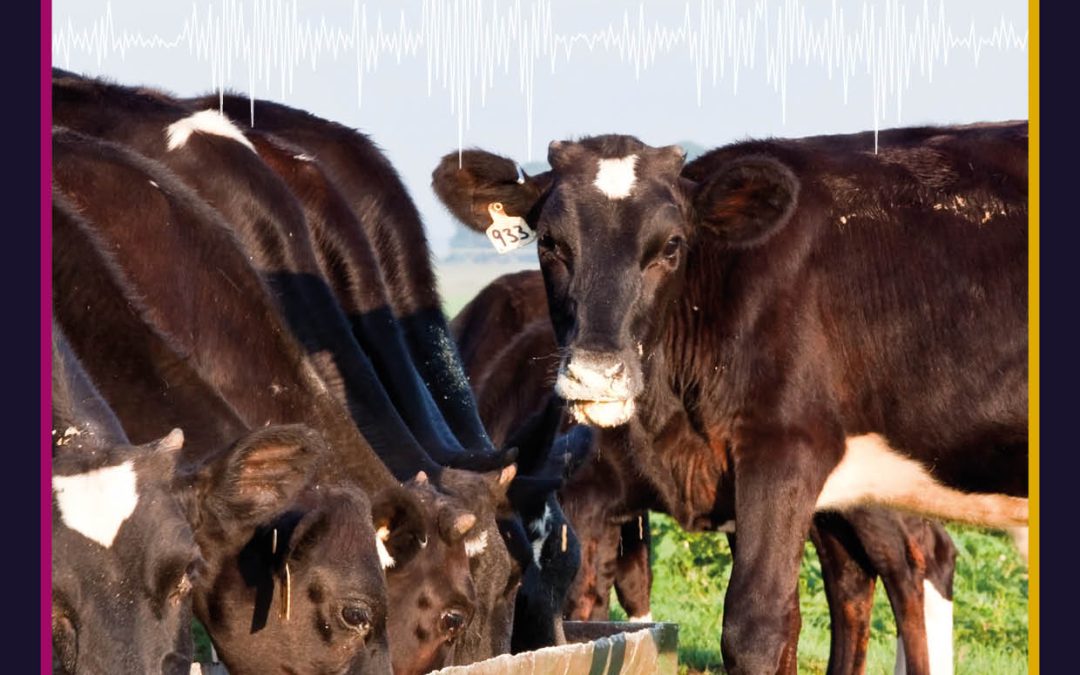
by admin | Dec 7, 2022 | biology, earth and environment
Methane is one of the most potent greenhouse gases that contributes to the global climate crisis. As this gas is produced in the digestive systems of cattle, methane represents one of the greatest problems faced by the farming industry. Dr Robert Bryant, Dr Langdon Martin and their team at Warren Wilson College, North Carolina, propose an innovative feed supplement for cattle that helps to significantly reduce methane emissions: waste yeast from craft breweries. If used on a large scale, this new supplement could significantly decrease emissions associated with cattle farming, while also creating a new use for a waste product of the craft beer industry.

by admin | Aug 9, 2022 | biology, health and medicine, King's College London
The greatest challenge for ageing populations is that vaccines can be less protective for the elderly due to the age-related decline of the immune system. This means that improving the efficacy of vaccines in the ageing population is crucial to public health. Dr Lei Jin and colleagues from the University of Florida set out to develop a novel strategy to directly address this key issue.
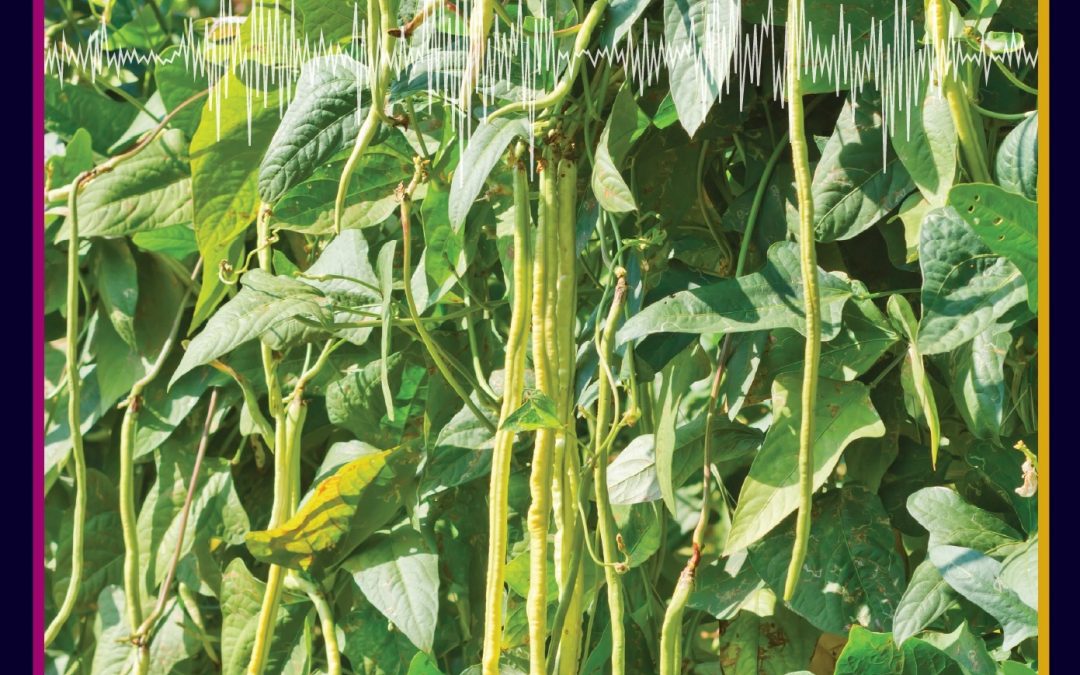
by admin | Jul 27, 2022 | biology, earth and environment
Cowpea is an extremely versatile food crop. Packed with high-quality protein, it has become a staple legume in many households in Africa, where it is indigenous. Cowpea also cycles nutrients back into the soil, supporting sustainable farming and healthy ecological networks. However, the production of this sustainable crop faces many hurdles, including drought, pesticide use, and declining soil quality. In a recent review, Professor Olubukola Oluranti Babalola of North-West University in South Africa outlines the issues facing cowpea production and highlights potential solutions.
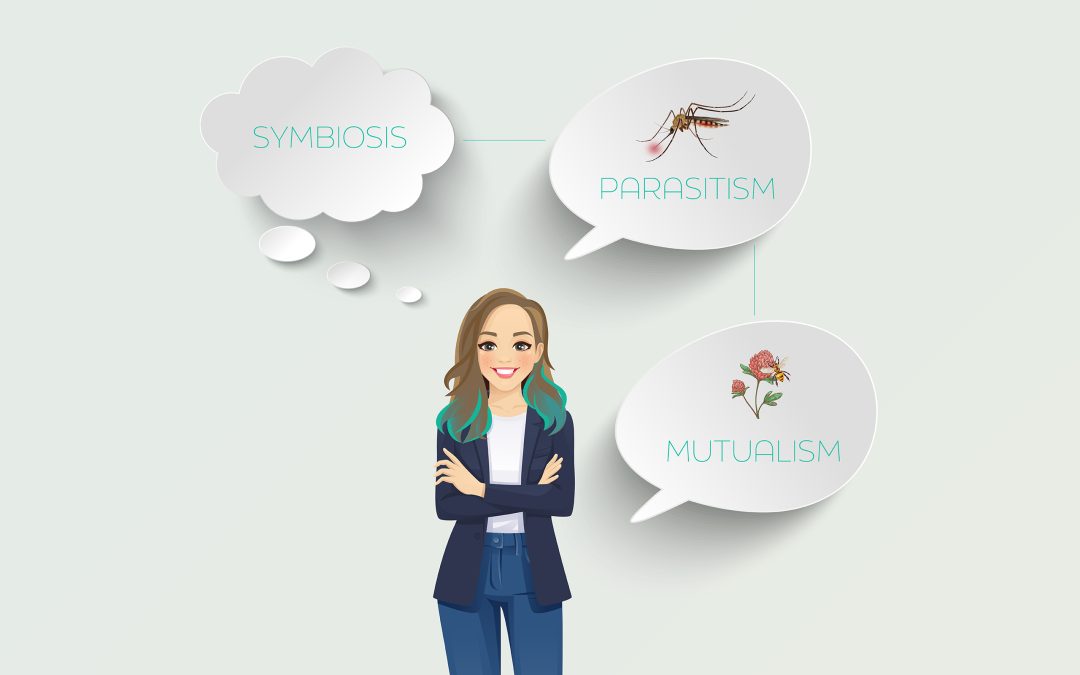
by admin | Jul 19, 2022 | biology, biology animated, research animated
Many scientific concepts are applicable to multiple disciplines and across spatial scales, from the microscopic to the global. As such, scientists from different disciplines must communicate effectively – through a shared scientific language – for effective collaboration and scientific advancement. With this aim, Dr Laura Tipton of Chaminade University and her colleagues from the University of Hawai’i investigate the history of ecological terminology, in order to work towards building a common lexicon that bridges ecology and microbiome science.
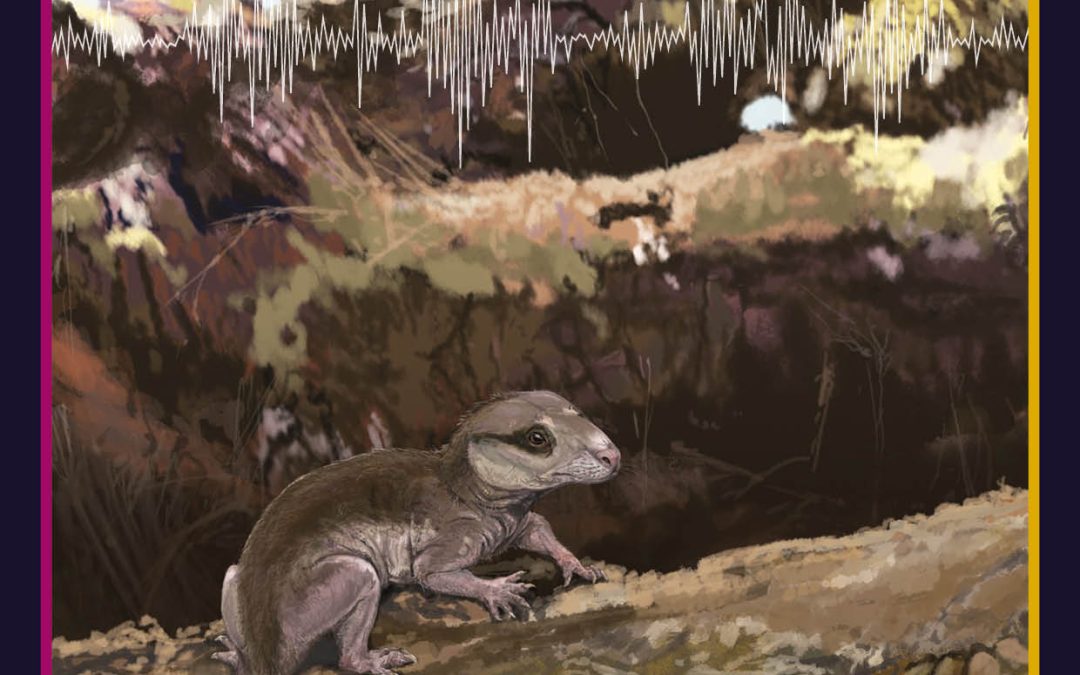
by admin | Jun 15, 2022 | biology, trending
It may be surprising to know, that you – and all other mammals – are technically cynodonts. The first cynodonts appeared approximately 260 million years ago as small creatures about the size of a house cat. A particular group of cynodonts evolved to become more ‘mammal-like’, eventually evolving into the first true mammals. Dr Jennifer Botha from the National Museum, Bloemfontein in South Africa studies the anatomy and life history of specimens along the cynodont–mammalian transition, to gain key insights into the origins and evolution of mammals.
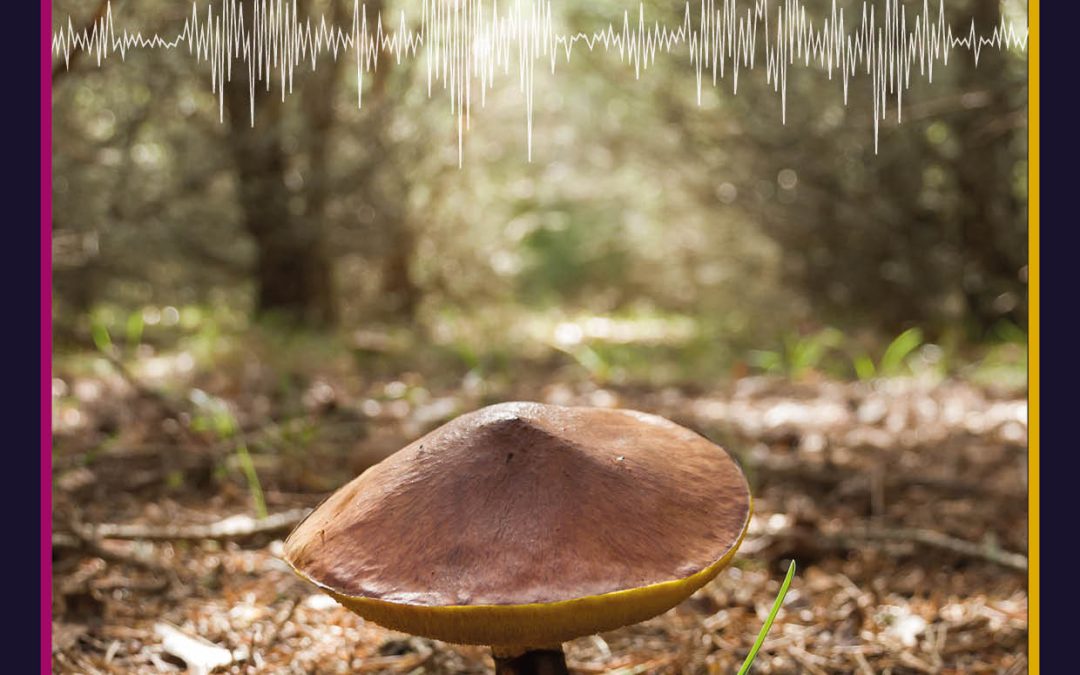
by admin | Jun 9, 2022 | biology, earth and environment, trending
An ancient relationship between plants and fungi could help us improve forestry and agriculture, while also responding to the challenges posed by climate change. These beneficial fungi, along with their bacteria helpers, help plants to grow bigger and healthier, and survive droughts. An international team of researchers has been investigating how these fungi and bacteria increase mineral availability for Scots pine and red pine seedlings through mineral weathering.
Page 3 of 31«12345...102030...»Last »






